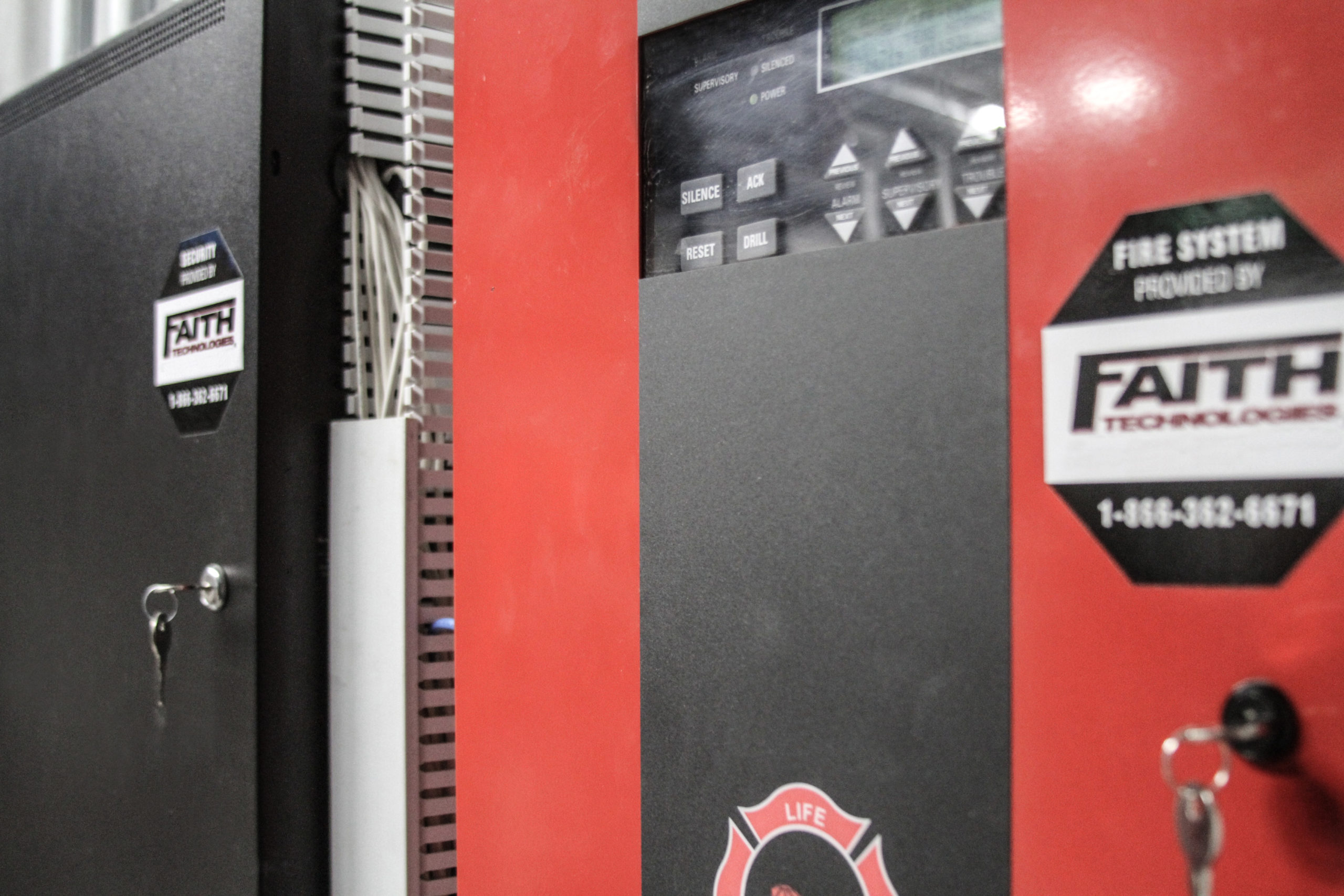08.17.2021
Building Automation Systems: What Can Your BAS Do For You?
 Many people view building automation systems (BAS) as a way to effectively control a building or facility for temperature, fire alarms and security. But it goes beyond that; a BAS can help:
Many people view building automation systems (BAS) as a way to effectively control a building or facility for temperature, fire alarms and security. But it goes beyond that; a BAS can help:
- Improve and ensure facility and employee safety
- Create a healthier, comfortable work environment to increase employee satisfaction and retention
- Reduce waste and capitalize on efficiencies
- Preserve and protect raw materials
- Increase property value
- Reduce greenhouse gas emissions
- Meet and exceed sustainability goals
- Integrate disparate systems for monitoring and control
In short, it’s a way to utilize your building to meet organizational and strategic goals. So as you wonder what your building can do for you, perhaps the real question is, what CAN’T your building automation system do?
What Makes Building Automation So Powerful?
The real power behind building automation is the ability to collect, integrate, analyze and intentionally apply data. By monitoring and tracking all your building functions, it is possible to pinpoint the source of any issues. By mining your building data in the right way, it can provide solutions for everything you need.
For example, many food manufacturers require hydrochlorofluorocarbons (HCFCs) and ammonia cooling systems for refrigeration. An older hardwired system might use a red light on the wall to indicate dangerous HCFC or ammonia levels. However, by the time the warning light alerts workers about a problem, their safety may already be compromised.
Instead of a light that only has two options – below the safe level or above the safe level – what if you could regularly measure the level of these liquid/gases? In this scenario, it’s possible to monitor, trend and analyze concentration levels to anticipate problems, facilitate repairs and make decisions before it’s too late. In addition, data can tell us where the refrigerant levels are most concentrated and notify employees of the safest evacuation route to avoid funneling them into a danger zone. Building automation systems today can automatically engage ventilation systems to properly evacuate spaces as needed.
Building Automation Trends to Watch
One of the exciting trends in building automation for healthcare is the ability to adjust individual spaces within a facility on the fly based on needs and occupancy. For example, a hospital has specific HVAC or lighting requirements for different areas, including:
- Surgery suites set at lower temperatures to accommodate medical teams wearing layered surgical gear
- Patient rooms set at higher temperatures for comfort, and the ability to control the intensity and color of the lighting, lower/raise shades, adjust sound levels and even control the room radio and television stations
- Biological isolation rooms used to control spread of contagious diseases
- Rooms that require specific lighting, such as UV lights
New automation capabilities enable room specifications to be set at check in by patient profile, so by the time the patient reaches their room, it meets all their unique requirements.
The benefits of this capability are limitless, with implications reaching beyond healthcare to include numerous manufacturing and industrial applications, colleges, K12 schools, retail situations like grocery stores, as well as energy recovery opportunities.
Optimal Timing to Incorporate Automation
There are two optimal times to incorporate building automation into your operations. The first occurs during the planning phase of a new construction project, creating the possibility to explore options from the onset to fulfill your strategic goals.
The second opportunity comes from recognizing a deficiency or frustration in your existing operations. It’s never too late to retrofit your controls with an updated BAS that migrates or integrates disparate systems or multiple vendors into one unified local and mobile user interface that addresses the issues at hand.
The best time to tap into the power of building automation is now, regardless of the age or stage of your current systems. Making improvements to your automation and controls now—even in small incremental phases—establishes a path toward making your building and overall facility part of your strategic success rather than a functional limitation.
Understanding Your ROI
Inevitably, the discussion about building automation turns into a cost conversation; is it worth the investment?
While there are some apparent, quantifiable paybacks to building automation, not all your return can be directly measured in dollars. The ROI on building automation is better measured as an overall experience that considers costs savings, energy efficiency, reduced waste, sustainability, improved safety, healthier working conditions, happier workers and better employee retention.
Contact us for more information about using building automation and facility management to meet your organization’s energy and operational strategic goals.
If you enjoyed this blog article, please subscribe to stay up to date on the latest industry news from our experts at Faith Technologies.



